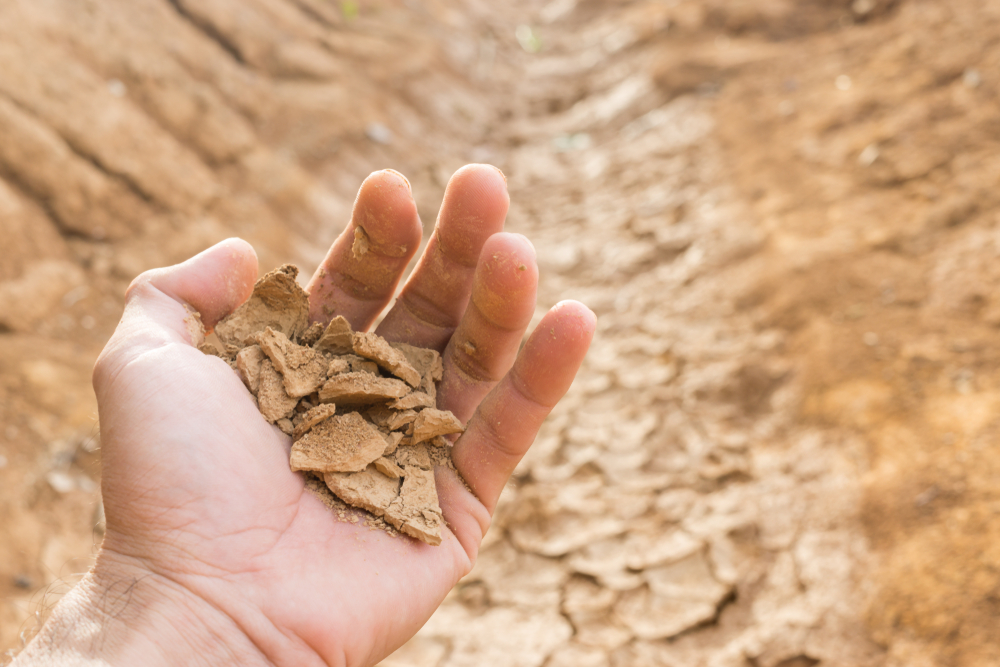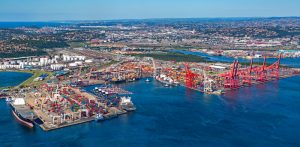 Jan-Henner Theissen, founder and managing director of procurement advisory firm, targetP! in Berlin, warns that the drought in the Panama Canal showed no signs of improvement at the time of publication at the end of August. Due to the drought, transit capacity has been adjusted which means further delays and costs should be expected. His advice to affected businesses is to work on contingency plans immediately, if this has not been done yet.
Jan-Henner Theissen, founder and managing director of procurement advisory firm, targetP! in Berlin, warns that the drought in the Panama Canal showed no signs of improvement at the time of publication at the end of August. Due to the drought, transit capacity has been adjusted which means further delays and costs should be expected. His advice to affected businesses is to work on contingency plans immediately, if this has not been done yet.
Events leading up to the present
On 30 July, the Panama Canal Authority (ACP) declared that, until further notice, the daily transit capacity would be adjusted to an average of 32 vessels due to the extended drought.
Based on the data from June, the daily transit vessel count ranges from 20 at its lowest to 49 at its highest, with an average of 32.
In June, Bloomberg reported possible disruptions that could increase the risks of shipping cargo from/to North/South America. Reduced capacity was implemented due to low water levels in the Panama Canal. The results are obvious: less cargo per ship and additional surcharges for shippers.
What else to expect
⏩The number of ships transiting via Panama could also decrease (from 36 to 28 per day)
⏩More routings via the Suez Canal add to the potential increased lead time, inland rail and truck costs and congestion
⏩Impact on inflation: Even with shipping rates lower now than during the pandemic, a cost increase of 20% would boost the inflation rate by 0.15 percentage point a year (Source: Bloomberg)
Further background
⏩May 19: The ACP imposed shipping restrictions to cope with the worsening Panama Canal drought. The result included capacity limits and surcharges ramping up for most vessels.
⏩April 19: Already in April, the Panama Canal Authority imposed lower draft restrictions on the largest ships passing through the key global trade route due to falling water levels at nearby lakes that form part of the waterway.
⏩February 2023: I had the opportunity to do an “on-site visit,” and it was obvious what was to come.
My best advice is that you ensure your digital risk and supply chain network monitoring solutions are on your radar. Ensure that you take immediate countermeasures after receiving relevant information or alerts from your tools.
And again, recalibrate your risk management approach and procedures and give your teams the time and tools to monitor risks constantly.
























